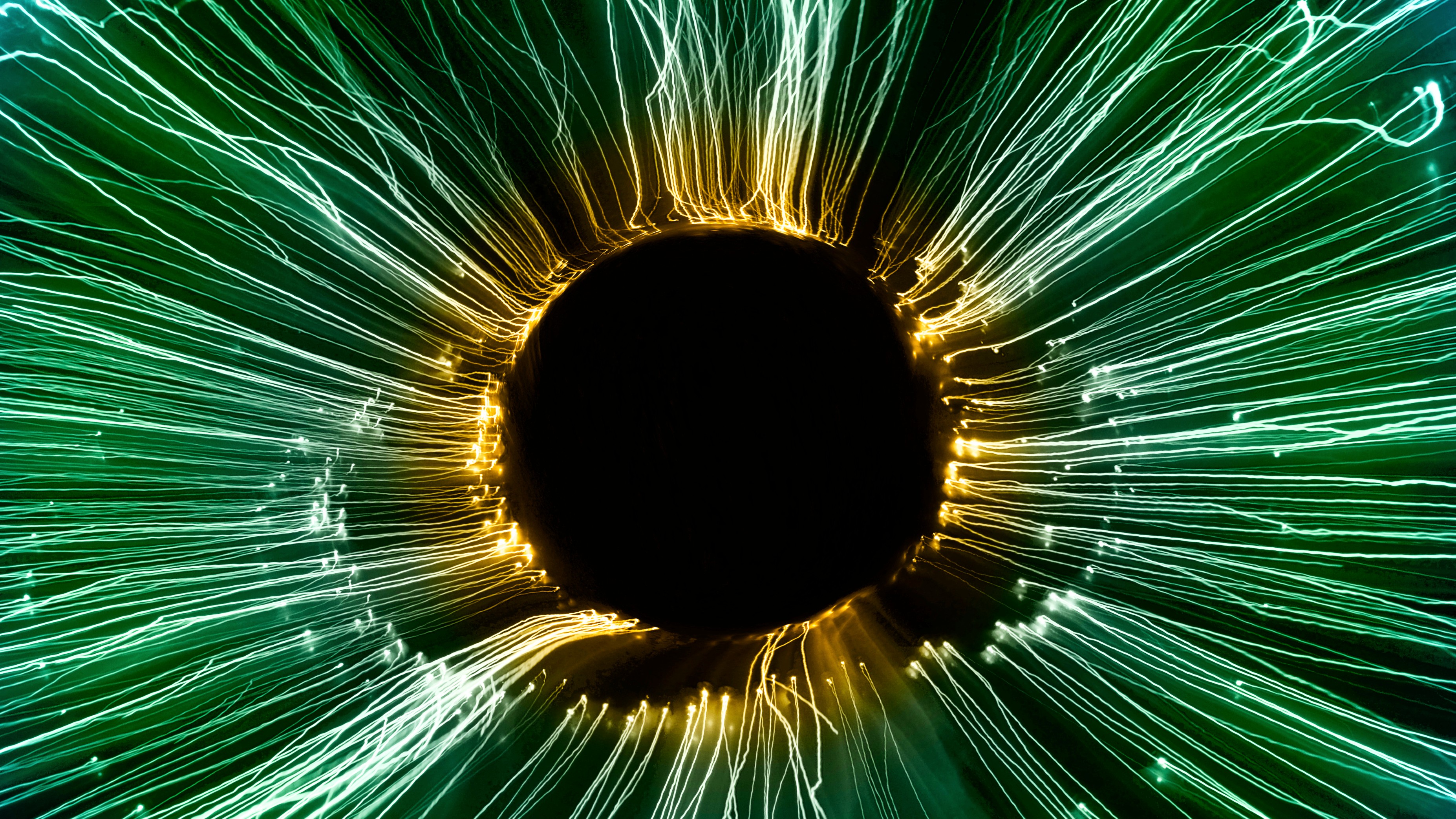Dark Matter Makes a Stunning Comeback

What’s the Latest Development?
Last month, a team of researchers found dark matter mysteriously absent in the region around our sun. Having mapped more than 400 stars, spanning a region roughly 26,000 light years in diameter, the European Southern Observatory identified a quantity of material that matched what could be directly observed, such as stars, gas and dust. Because all the matter in the region could be directly accounted for, doubt was thrown onto the strength of the dark matter hypothesis, which posits the new, yet-to-be-observed matter as a mathematical necessity.
What’s the Big Idea?
Astronomers from the Institute for Advanced Study in Princeton, NJ, however, now argue that the European team made fundamentally poor assumptions which resulted in incorrect measurements of stellar mass. “The researchers point out the stars within the local neighborhood move slower than the average velocity assumed by the ESO team, in a behavior called asymmetric drift.” When the velocity of the selected stars is adjusted, the calculations not only suggest the presence of dark matter but that its density is unusually high around the area of the sun, up to 20% greater than has previously been measured.
Photo credit: Shutterstock.com





